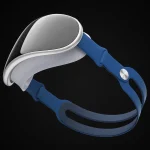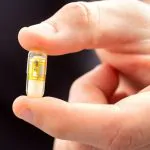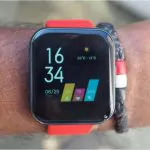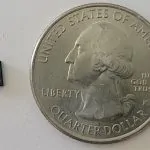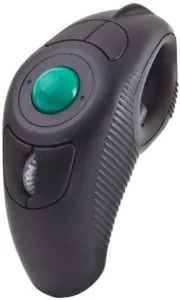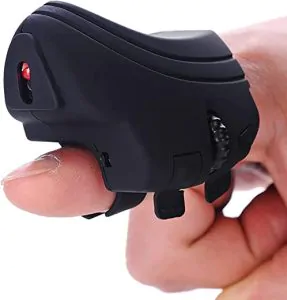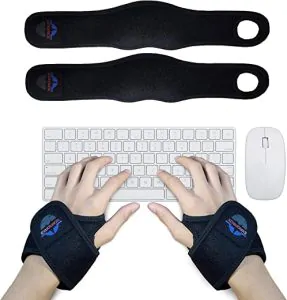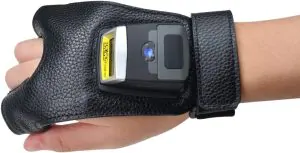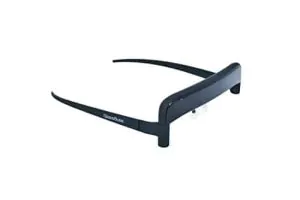Starting our DIY Wearable Electronic series, we introduce you first to another outstanding expert and promoter of Textile Electronic, Mouna Andraos.
Mouna created, based on inspirations from Leah Buechley, a platform for everyone to learn from her technique to combine electronic and textiles. Her work is presented on missmoun.com from where we have taken the following intoduction to Textile Electronics.
Introduction to the Soft Circuit
1 – Overview
Building circuits using fabric and thread and replace the soldering iron with a needle. The results are washable, flexible, light and soft circuits. The resulting possibilities are endless (almost). These circuits rely heavily on the use of conductive thread, you should consider the type of application and signal you need to transmit before trying to build anything out of thread.
2 – Materials
- Fabric
- Conductive thread
- Fray check
- Tailor chalk
- Regular thread
- Multimeter
3 – Skills required
Sewing basics
Basic Circuitry building (depending on the application you want to create)
4 – Build instructions
Create the main circuit: Start by drawing out your circuit on the fabric. Decide where all you components will go including your battery or your switches and draw all of these connections out. You can choose to do a double sided circuit (ideal for grids or LEDs or input devices, or when your lines will come very close to each other) or a single sided circuit (easier to work with).
Conductive thread is often very fray so make sure to use it as bobbin thread combined with regular (100% cotton is best) thread a s top bobbin. Flip the fabric upside down when doing double sided circuits.
Check the conductivity and look for any shorts you need to fix. Depending on how you designed your circuit you will want to check that no 2 parts of the threads touch each other if they shouldn’t. Tape up your extra lengths of threads when you test because it usually comes in the way and makes it difficult to find real short circuits. Once everything is good, try to stitch a layer of non-conductive fabric on top of the circuit to isolate it. If you can, stitch it throughout all of the circuit so that no bad contact can ever occur (seal it so you can bend it, fold it, flip it… with no risks of 2 conductive threads ever touching).
Embedded circuit components into the circuit. Ideally, you can just stitch your components in at the right place. If you’ve created a single side circuit try not to undo this when you hand stitch your left-over conductive thread all the way into / next to your components. Use an XXX stitch instead. You can solidify a connection by using NON-conductive thread around it to insure everything is in place and solid.

With this introduction in the fundamentals of creating soft electronics, you are equipped to experiment and work out your first Techno Fashion items.
Next time, we will introduce you to the technique on how to prepare conventional electronic components to be use in our textile circuit board, again based on Mouna’s work on missmoun.com




















